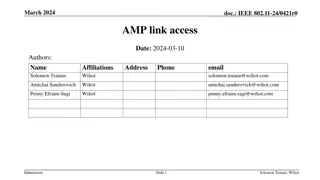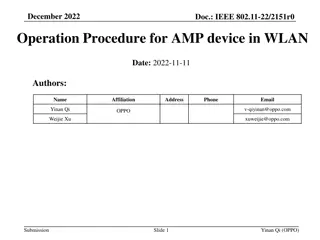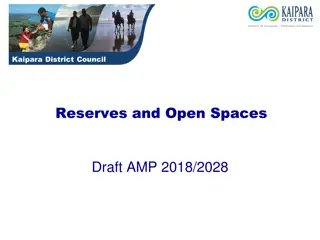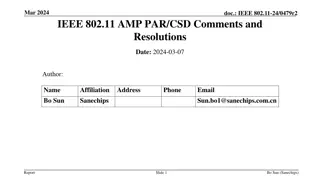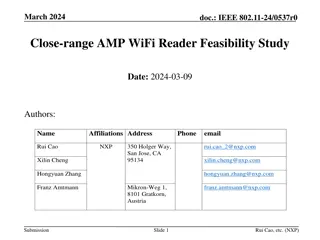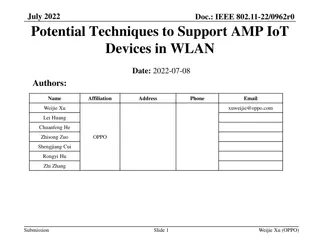
Insights on Traumatic Brain Injury Management and Research
Explore findings from various studies on traumatic brain injury (TBI), including factors influencing intervention needs, successful management strategies, and cost implications. Learn about inclusion criteria, exclusion criteria, and the importance of neurologic examinations in TBI cases.
Download Presentation

Please find below an Image/Link to download the presentation.
The content on the website is provided AS IS for your information and personal use only. It may not be sold, licensed, or shared on other websites without obtaining consent from the author. If you encounter any issues during the download, it is possible that the publisher has removed the file from their server.
You are allowed to download the files provided on this website for personal or commercial use, subject to the condition that they are used lawfully. All files are the property of their respective owners.
The content on the website is provided AS IS for your information and personal use only. It may not be sold, licensed, or shared on other websites without obtaining consent from the author.
E N D
Presentation Transcript
Principal Investigator: Jeffry Nahmias MD Baystate Medical Center Trauma Service Presenter: Robert Gaffey
Image: CDC Diagnoses have increased with time Annual TBI incidence: 1.7 million (CDC)
In 2000, $76.5 billion in direct and indirect cost High resolution CT -> more diagnoses Many patients with mild or no symptoms
Vos et al. Using GCS, 95% of TBI would be mild Size and type of TBI are also factors Many with high GCS and small TBI never need neurosurgical intervention
Patients with mild TBI rarely need intervention Establish inclusion algorithms Propose prospective study to validate retrospectives
Joseph et al. demonstrate successful management and cost reduction Huynh and Levy show the same Huynh proposes the safe management on m TBI with GCS=15 even in abnormal head CT
Did Patient need neurosurgical intervention Report means with 95% CIs Assuming failure rate of 1%, then 200 patients require Two years
18 years old Appropriate injury Medication Parameter Neurologic examination Injury: Skull Fracture Subdural hematoma (SDH)/Epidural hematoma (EDH) Intraparenchymal hemorrhage (IPH) Subarachnoid hemorrhage (SAH) Exclusion criteria Inclusion Criteria GCS 14-15, no focal neurologic deficits Non-displaced <4mm and no signs mass effect Single <4mm Small, non-diffuse Pregnancy Anticoagulants (Plavix, Coumadin, Lovenox, Heparin, Pradaxa etc.) , hereditary coagulopathy, Hemodynamic instability Presentation > 24hours after injury
Size criteria based on Joseph et al. Amended based on findings from Levy et al. ICH size and GCS criteria set Clinical experience also drawn upon
Measures: Age Sex Injury mechanism Vitals ISS GCS Need for NS intervention
Primary endpoint: assess algorithm REDCap for data storage Follow-up in a month Secondary endpoints Mortality, comorbidities, LOS, readmission
If downgrade in neurological status consult NS Otherwise NIU, SICU or floor No repeat head CT A potential new protocol for the trauma service
Rate of recruitment is slower than expected Thus far, no neurosurgical interventions Follow up rate also less than expected Difficulties following up on phone
Baystate Medical Center Jeffry Nahmias MD Trauma Attendings: Ronald Gross MD, Lisa Patterson MD, M. George DeBusk MD, Sue Winston MD, Reginald Alouidor MD, Andrew Doben MD, Jaromir Kohout MD The Trauma residents
Kraus JF. Epidemiology of head injury. In: Cooper PR (ed). Head injury, ed 3. Baltimore, MD: Williams and Wilkins, 1993, pp 1-25. Faul M, Xu L, Wald MM, Coronado VG. Traumatic brian injury in the United States: emergency department visits, hospitalizations, and deaths. Atlanta (GA): Centers for Disease Control and Prevention, National Center for Injury Prevention and Control; 2010. Accessed December 29th, 2013. Finkelstein E, Corso P, Miller T and associates. The Incidence and Economic Burden of Injuries in the United States. New York (NY): Oxford University Press; 2006. Stiell IG, Clement CM, Rowe BH, et al. Comparison of the Canadian CT Head Rule and the New Orleans Criteria in patients with minor head injury. JAMA. 2005;294:1511-1518 Vos PE, Battistin L, Birbamer G, et al. EFNS guideline on mild traumatic brain injury: report of an EFNS task force. Eur J Neurol.2002;9:207-219 Levy AS, Orlando A, Hawkes AP, et al. Should the Management of Isolated Traumatic Subarachnoid Hemorrhage Differ From Concussion in the Setting of Mild Traumatic Brain Injury? J Trauma. 2011;71:1199-1204 Joseph B, Aziz H, Rhee P et al. The acute care surgery model: managing traumatic brain injury
Esposito TJ, Reed RL 2nd, Gamelli RL, et al. Neurosurgical coverage: essential, desired, or irrelevant for good patient care and trauma center status. Ann Surg. 2005;242:364-370; discussion 370-374 Nishijima DK, Sena MJ, Holmes JF. Identification of Low-Risk Patients with Traumatic Brain Injury and Intracranial Hemorrhage who Do Not Need Intensive Care Unit Admission. J Trauma 2011 Jun;70(6):E101-7 Huynh T, Jacobs DG, Dix S. Utility of neurosurgical consultation for mild traumatic brain injury. Am Surg. 2006;72:1162-1165 discussion 1166-1167. Jager TE, Weiss HB, Coben JH, Pepe PE. Traumatic brain injuries evaluated in U.S. emergency departments, 1992-1994. Acad Emerg Med. 2000 Feb;7(2):134-140 http://www.braintrauma.org/pdf/protected/Surgical_Guidelines_article_ 2.pdf Volume 58/Number 3/March Supplement/S2-8 Fleiss, J.L., Levin, B., Paik, M.C. 2003. Statistical Methods for Rates and Proportions. 3rd Edition. John Wiley & Sons. New York. Newcombe, R.G. 1998. Two-Sided Confidence Intervals for the Single Proportion: Comparison of Seven Methods. Statistics in Medicine, 17, pp. 857-872.




